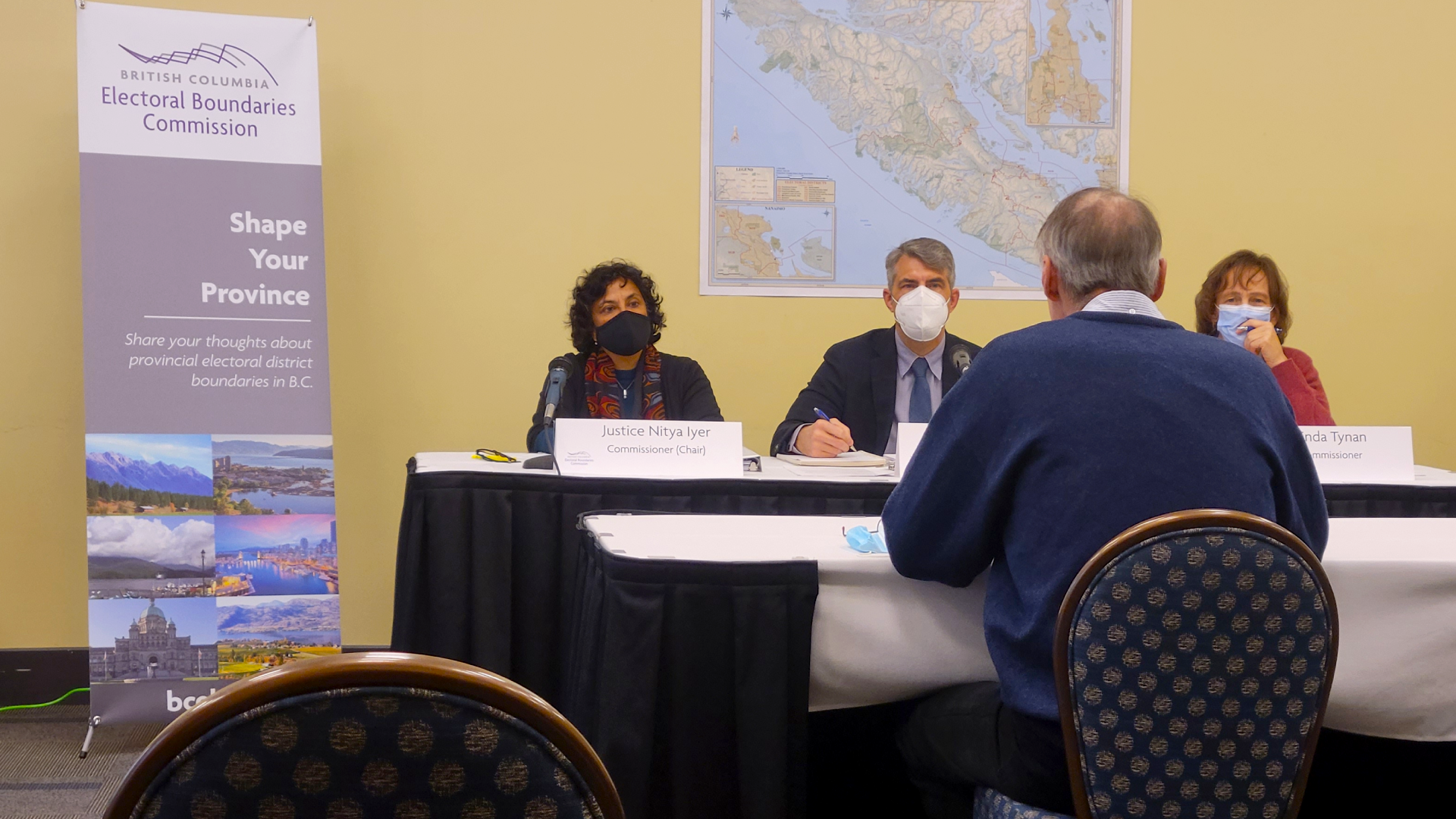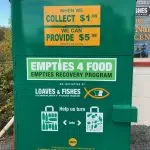
Make Gabriola Nanaimo Again: residents make case for provincial electoral boundary shifts
NANAIMO — A three-member panel from the B.C. Electoral Boundaries Commission have heard loud and clear: a shift is needed for proper representation of Gabriola Island in Victoria.
The Commission held a public meeting in Nanaimo on Tuesday, March 22, and heard Island residents felt poorly represented when voting in the Nanaimo-North Cowichan riding in 2019, won comfortably by the NDP’s Doug Routley. The riding begins in south Nanaimo and extends south, past Chemainus.
Steven Earle, a Gabriola Island resident and chair of the Ferry Advisory Committee told the panel the Island’s link for healthcare, shopping, recreation, employment and culture revolved around Nanaimo itself, not communities to the south.
“I came here today on the ferry as a foot passenger. The ferry docked within the Nanaimo riding, I walked to this meeting and it took about five minutes. If I had wanted to walk to the Constituency office of the MLA for Nanaimo, it would have taken me about the same time.”



